| Specification | Details | Specification | Details |
|---|---|---|---|
| Display | 32" or 27" HD touchscreen with anti-glare coating | Processor | High-performance CPU, typically Intel Core i5 or i7, for smooth operation |
| Resolution | 1920 x 1080 pixels (Full HD) | Operating System | Windows 10 IoT Enterprise or Linux-based system for robust performance |
| Touch Technology | Projected capacitive multi-touch (10 points) | Payment Terminal | Integrated with support for credit/debit cards, NFC, mobile payments, and contactless |
| Connectivity | Wi-Fi, Ethernet, Bluetooth options available | Printer | High-speed thermal printer for receipts, typically 80mm width |
| Dimensions | Height: ~6 ft (floor-standing) or customized dimensions for countertop units | Security | Encrypted transactions, tamper-resistant enclosures, and optional surveillance camera |
| Material | Durable metal chassis with tempered glass and plastic components | Accessibility Features | ADA-compliant design, including adjustable height options and voice assistance |
| Power Supply | Standard 110-240V AC input, with optional UPS (Uninterruptible Power Supply) | Customization | Branding options, custom UI, multilingual support |
| Audio | Built-in speakers for audio feedback and accessibility features | Barcode/QR Scanner | Optional for loyalty programs, promotional codes, or quick reordering |
6 key steps involved in making a McDonald’s ordering kiosk
Design and Prototyping: Engineers and designers collaborate to create a user-friendly interface and durable hardware design. Prototypes are developed to test functionality, ergonomics, and user experience.
Hardware Assembly: The components, including the touchscreen display, processor, payment terminal, and chassis, are assembled. High-quality materials are chosen to ensure durability and reliability.
Software Development: Custom software is developed to manage the ordering process, integrate with McDonald's menu, and connect with the point-of-sale (POS) system. The software is optimized for speed and user ease.
Integration and Testing: The hardware and software are integrated and rigorously tested for performance, security, and user interaction. The kiosk is also tested for compatibility with various payment methods and menu updates.
Quality Control: Each kiosk undergoes stringent quality control checks to ensure that it meets McDonald’s standards for durability, safety, and reliability. Any defects are addressed before the kiosk is approved for deployment.
Deployment and Installation: Once manufacturing is complete, the kiosks are shipped to McDonald’s locations. Professional teams install the kiosks, ensuring they are properly connected, calibrated, and ready for customer use.
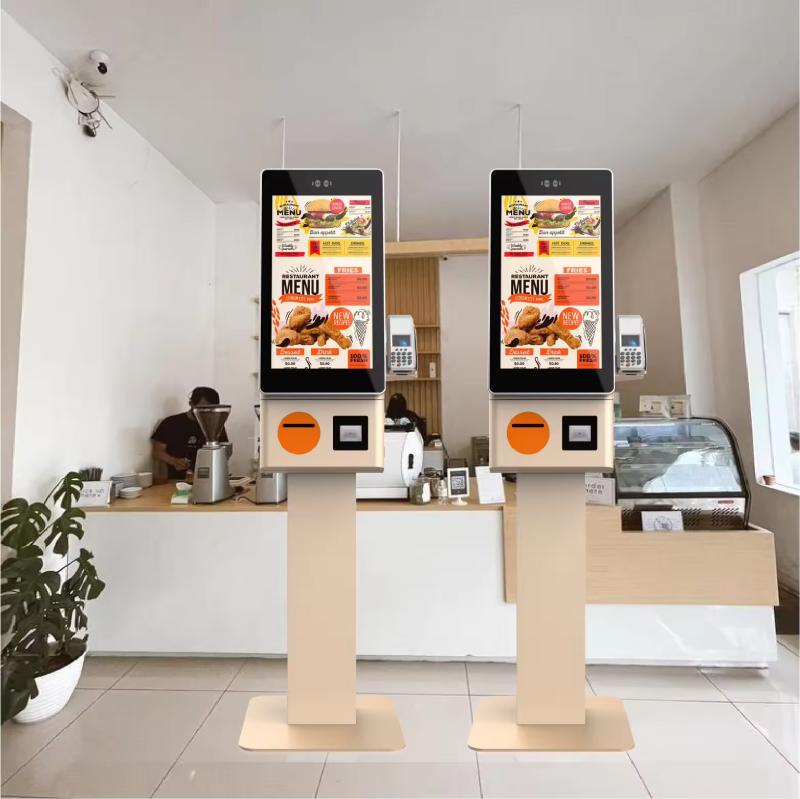
Start Order: Tap the touchscreen to begin your order.
Select Language: Choose your preferred language from the options provided.
Browse Menu: Scroll through the menu to view available items.
Customize Order: Select your items and customize them (e.g., add or remove ingredients).
Review Order: Check your order summary to ensure everything is correct.
Make Payment: Choose your payment method (credit/debit card, mobile payment, etc.) and complete the transaction.
Print Receipt: Optionally, print a receipt for your order.
Collect Order: Take the receipt and wait for your order number to be called at the pickup counter.
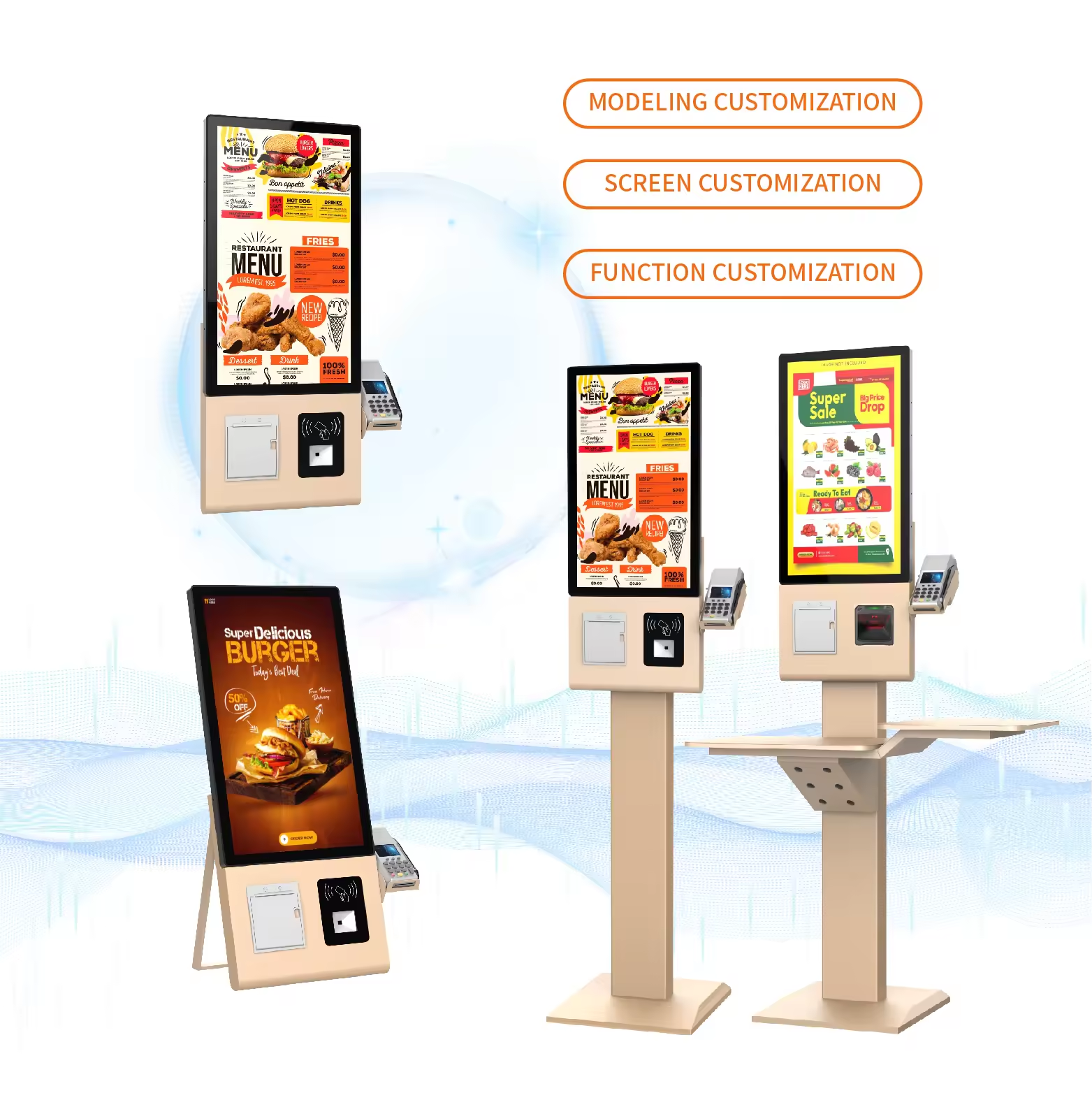
Reduced Wait Times: Speeds up the ordering process, allowing more customers to place orders simultaneously, especially during peak hours.
Increased Order Accuracy: Minimizes errors by letting customers input their orders directly, ensuring their selections are correct.
Enhanced Customer Experience: Offers a user-friendly and interactive experience, allowing customers to browse the menu at their own pace.
Customizable Orders: Enables customers to easily customize their meals, from adding extra ingredients to removing items, ensuring satisfaction.
Labor Efficiency: Frees up staff to focus on other tasks, such as food preparation and customer service, optimizing overall efficiency.
Upselling Opportunities: Automatically suggests additional items or upgrades, leading to higher average order values and increased sales.
24/7 Availability: Operates continuously, allowing McDonald's to offer consistent service even during off-peak hours or in locations with extended operating hours.
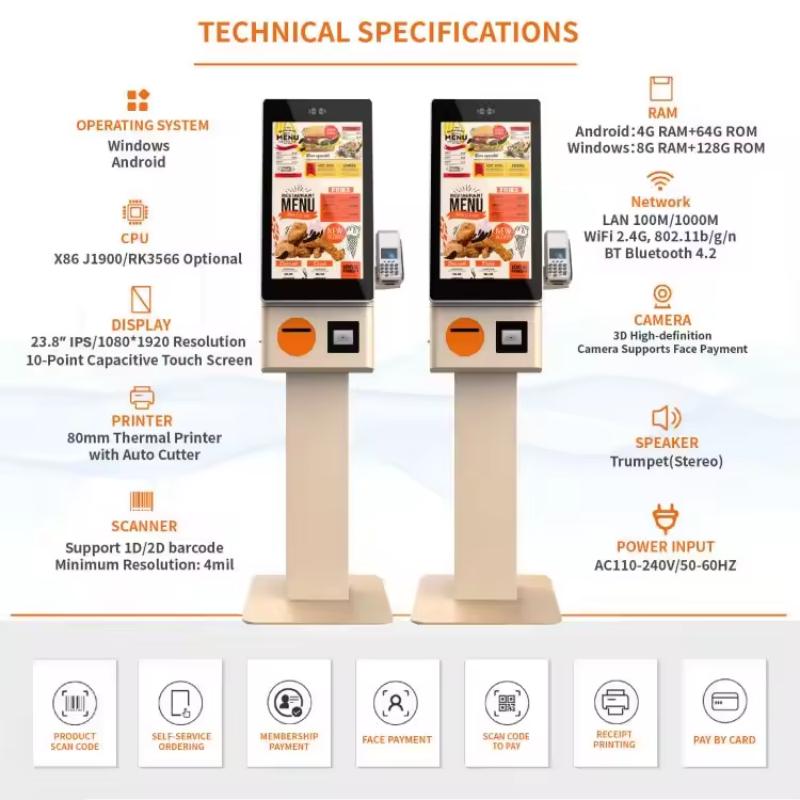
The price of a McDonald’s ordering kiosk typically ranges from $3,000 to $10,000 per unit, depending on the level of customization, hardware specifications, and additional features like integrated payment systems and advanced security. While the initial investment might seem high, the return on investment (ROI) can be significant. By automating the ordering process, these kiosks reduce labor costs, increase order accuracy, and enhance customer satisfaction, leading to higher sales and improved operational efficiency. The ability to upsell and cross-sell through the kiosk interface also boosts revenue, potentially leading to a full ROI within 12 to 24 months, depending on usage volume and location. Additionally, data analytics from kiosk transactions help optimize menu offerings and marketing strategies, further contributing to long-term profitability.
Branding and Design: Customize the kiosk’s exterior with McDonald's branding, including colors, logos, and design elements that align with the restaurant’s aesthetic.
User Interface: Tailor the software interface to include McDonald's specific menu layout, promotional content, and seasonal items, ensuring a seamless customer experience.
Payment Methods: Integrate various payment options, including credit/debit cards, mobile wallets (Apple Pay, Google Pay), and contactless payments, to accommodate customer preferences.
Menu Customization: Allow customers to personalize their orders, such as modifying ingredients, choosing meal sizes, and adding extra items, directly from the kiosk.
Multilingual Support: Offer multiple language options to cater to a diverse customer base, enhancing accessibility and inclusivity.
Accessibility Features: Incorporate features like adjustable screen heights, voice guidance, and large text options to make the kiosks accessible to all customers, including those with disabilities.
Security Enhancements: Implement additional security measures like encrypted transactions, tamper-resistant enclosures, and surveillance integration for safe and secure operations.
Data Integration: Customize the kiosk to integrate with McDonald's existing POS systems, inventory management, and customer loyalty programs, ensuring seamless operations and data flow.



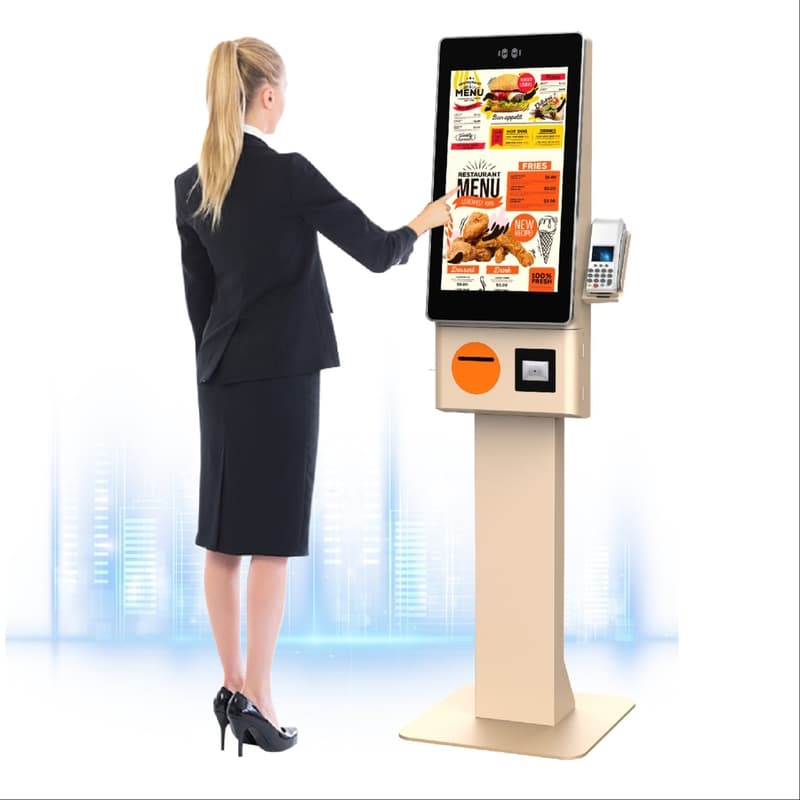

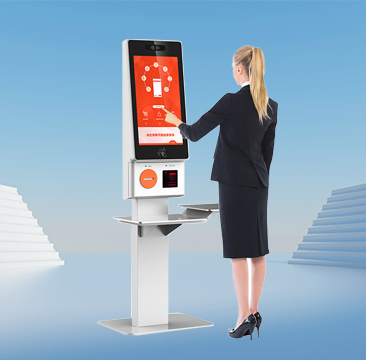
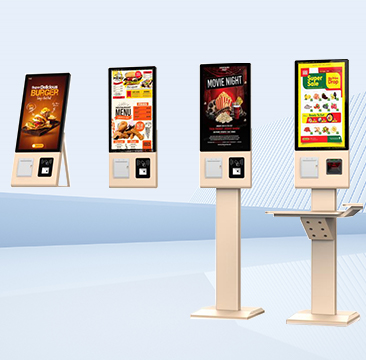

What did our happy clients say?
The McDonald’s ordering kiosk have been a game-changer! Our customers love the ease of use, and it's made our operations more efficient. The quality is top-notch—highly recommend this product and the manufacturer!
Absolutely thrilled with our McDonald’s kiosks! They’ve reduced wait times and improved order accuracy. The installation was smooth, and the support from the manufacturer was excellent. Strongly recommend!
These ordering kiosks are fantastic! The design is sleek, and the interface is intuitive. We've seen a boost in sales and customer satisfaction. Kudos to the manufacturer for an outstanding product!
Our new McDonald’s kiosks have exceeded expectations. The build quality is impressive, and the customer service from the manufacturer was superb. A must-have for any fast-food chain—highly recommended!